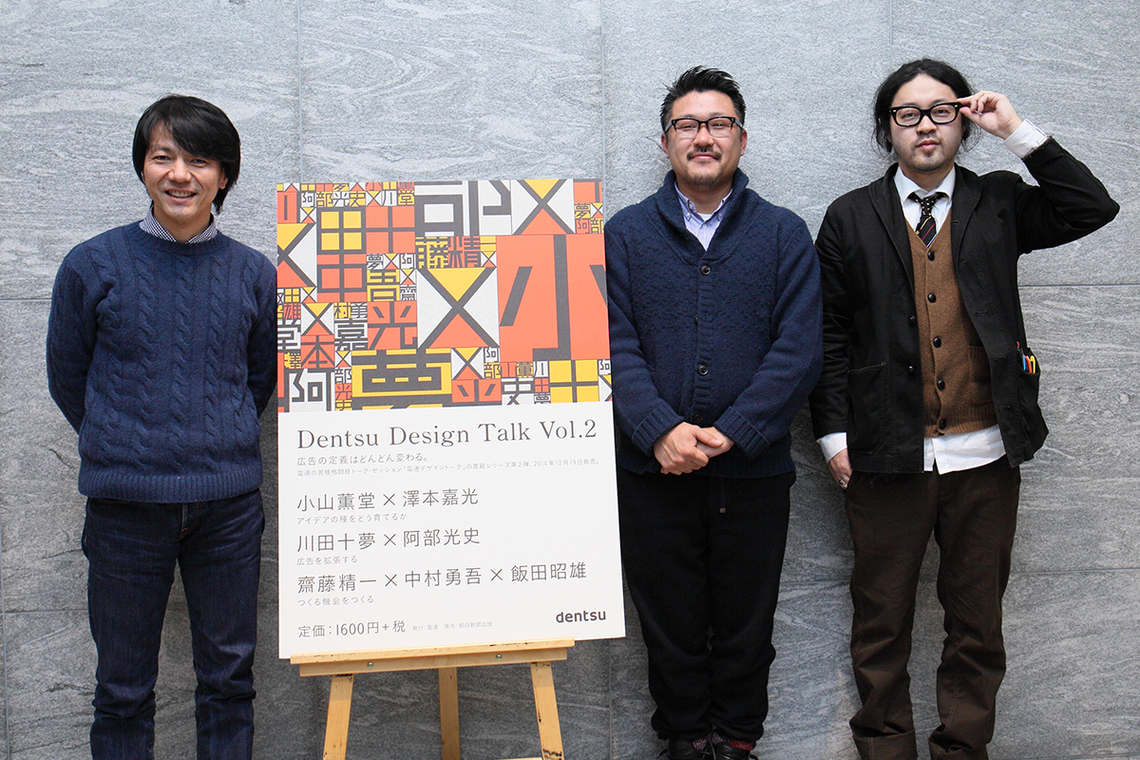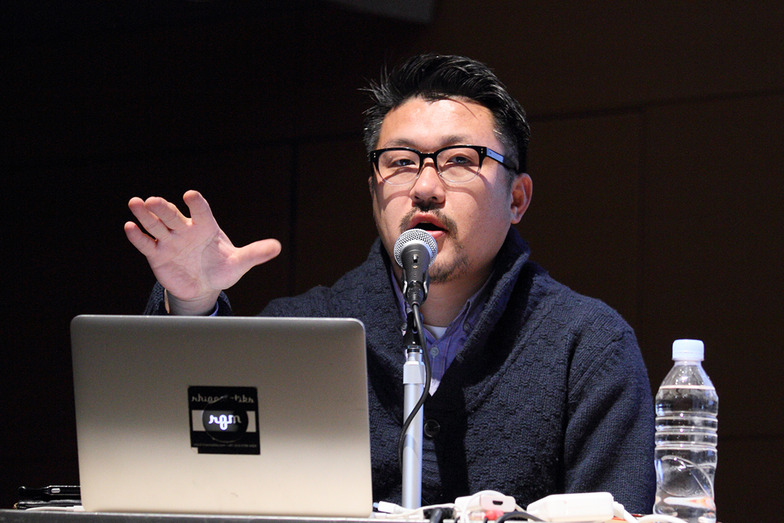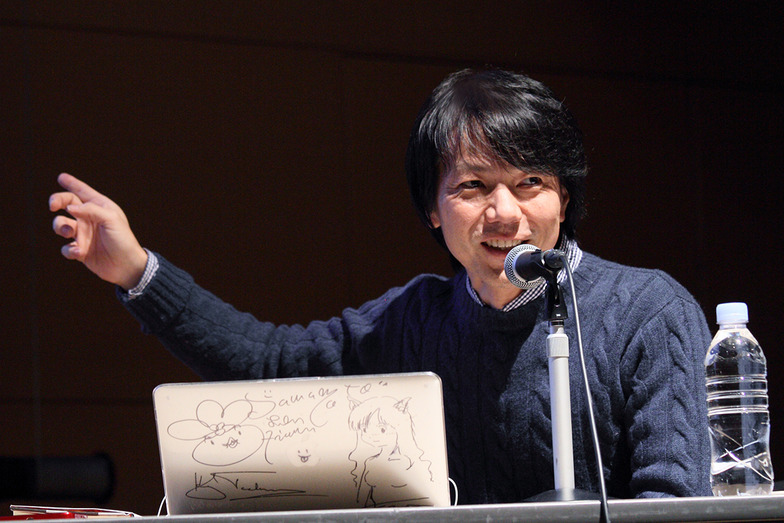Expanding "Imagination and Creativity" (Part 1)
Was this article helpful?
Newsletter registration is here
We select and publish important news every day
For inquiries about this article
Back Numbers
Author

Seiichi Saito
Rhizomatiks
Born in Kanagawa in 1975. Studied architectural design at Columbia University's Graduate School of Architecture, Planning and Preservation (MSAAD) and began working in New York in 2000. Subsequently worked as a creative at the Arnell Group. Returned to Japan after being selected as an artist for the 2003 Echigo-Tsumari Art Triennale. After working as a freelance creative, he founded Rhizomatiks in 2006. Building on the logical thinking cultivated through architecture, he continues to create numerous three-dimensional and interactive works in the realms of art and commercial media. He received numerous domestic and international advertising awards from 2009 to 2014. Currently, he is the CEO of Rhizomatiks and a part-time lecturer in the Department of Design at Kyoto Seika University. He served as a juror for the D&AD Digital Design category in 2013 and for the Branded Content and Entertainment category at the Cannes Lions in 2014. In 2015, he was the Theater Content Director for the Japan Pavilion at Expo Milano and the Media Art Director for Roppongi Art Night 2015. He was also a juror for the Good Design Award 2015-2016.

Kawada Tomu
AR Three Brothers, developer. Born in Kumamoto Prefecture in 1976. After working for ten years at a manufacturer engaged in patent development, he became active as the eldest member of the unprecedented development unit AR Three Brothers. Major TV appearances include "Waratte Iitomo!", "Jounetsu Tairiku", "Kakai Jyugyo: Youkoso Senpai", and "TAMORI CLUB". Handling diverse expansions from theaters to planetariums, department stores to entertainment. He has contributed features and serialized columns to "WIRED" since its 2011 relaunch of vol.1. His decade-long serial in "TVBros." was published as a book in 2020. His show "INNOVATION WORLD" airs every Friday at 8 PM on J-WAVE. At his new company (tecture), he aims to expand into the architecture field.

Yoshimitsu Sawamoto
Dentsu Inc.
Born in Nagasaki City in 1966. Graduated from the Department of Japanese Literature, Faculty of Letters, University of Tokyo in 1990 and joined Dentsu Inc. Produced a series of buzzworthy TV commercials, including SoftBank Mobile's "White Family," Tokyo Gas's "Gas Pa Choo!," and Try Home Tutoring's "Heidi." Also directed music videos for groups like Nogizaka46 and T.M.Revolution. His published works include the novels "Dad Is a Classmate" and "10 Promises Between My Dog and Me" (pen name: Saitou Akari; also wrote the film screenplay). He also wrote the original screenplay for the film "Judge!" and has penned lyrics for artists like TVXQ. He has received numerous awards, including Creator of the Year (2000, 2006, 2008), Silver and Bronze Lions at the Cannes Lions International Festival of Creativity, the Grand Prix at ADFEST (Asia-Pacific Advertising Festival), Gold and Silver Clio Awards, the TCC Award Grand Prix, and the ACC Grand Prix.




